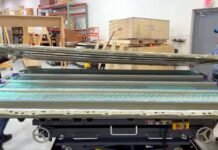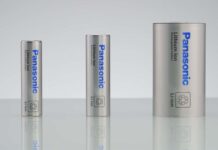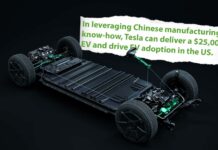[ad_1]
Mercedes-Benz announced that, together with Sila Nanotechnologies, a battery materials company, they achieved a breakthrough with high silicon automotive batteries.
The German manufacturer has been working with Sila for quite some time and even invested in the start-up in 2019, as part of the company’s research and development of advanced batteries.
Now, as the Sila’s silicon anode chemistry matured, Mercedes-Benz officially announced intention to incorporate the technology for the first time in its electric cars.
The plan is to optionally equip the upcoming electric Mercedes-Benz G-Class (see concept here) with next generation battery cells with silicon anodes, from mid-decade. As we understand, the word “optionally” means that the default solution will be a more conventional lithium-ion battery chemistry, while the Sila cells will maybe offer higher capacity/higher range.
There are no details in the press release, besides the volumetric energy density, which in the case of Sila’s silicon anode chemistry is above 800 Wh/l at the cell level. It’s a very high result (20-40% more than typically possible, according to the press release) and allows to make the battery smaller (or to place more cells in the same enclosure).
Mercedes-Benz says that the use of silicon-rich anode will not compromise safety or other performance parameters.
The production of the new anode materials will take place at the Sila new facility in Moses Lake, Washington state, using 100% renewable energy. Mercedes-Benz is the factory’s first publicly announced automotive customer, but it will take a few more years until the first cars will be produced.
The question is where and which company will be producing the new battery cells?

Sila Nanotechnologies facility in Moses Lake, Washington state
According to previous announcements, Sila Nanotechnologies’s plant will be ready to produce sufficient silicon-based anode materials for 10 GWh of battery cells per year (assuming full graphite replacement). If someone would like to use only a bit of silicon in its anode (like many battery manufacturers do today), it would be enough for 50 GWh/year.
Sila explains that it’s enough for 100,000-500,000 battery packs (100 kWh/unit). Production lines at the facility will start in the second half of 2024, while full production is set for 2025.
If needed, the site has the potential for further expansion of up to 15-times to 150 GWh silicon-based anode materials.
[ad_2]
Source link















